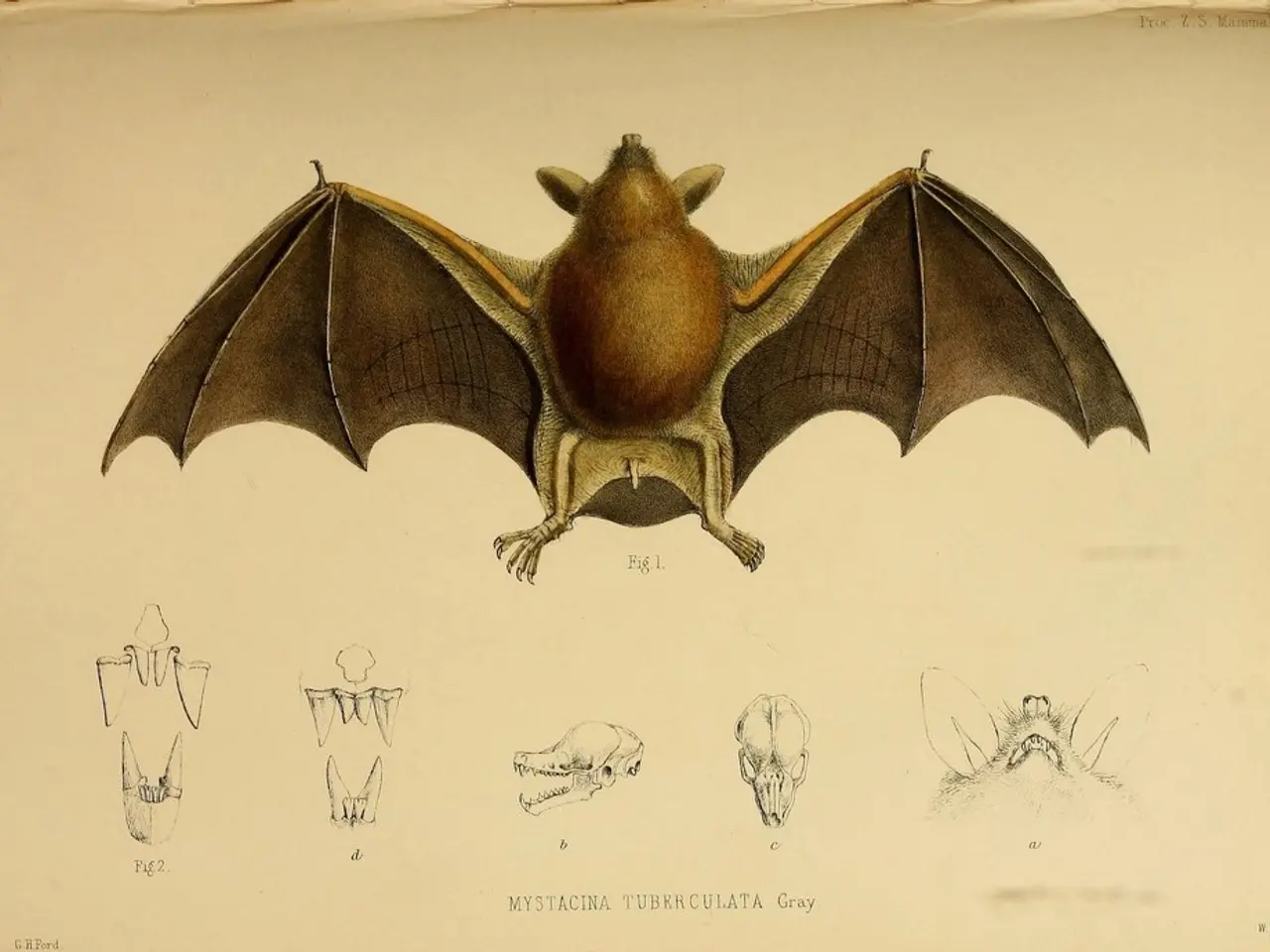Ancient Mammalian Evolution in East Africa Over 18 Million Years Ago
In a groundbreaking discovery, scientists have successfully recovered ancient protein fragments from the fossilised teeth of early Miocene mammals found in Kenya. This new research, published in Nature, opens a new window to studying earlier animals and could help piece together how large mammals from 18 million years ago (mya) evolved and lived.
The team, led by Emmanuel K. Ndiema, tested a new proteomics technique on fossils from Kenya's Turkana Basin, focusing on fossil teeth from large herbivores. The technique separates peptides based on their size or chemistry for higher resolution analysis than previous methods.
Until now, research based on ancient DNA or proteins has been confined to the Pleistocene (2.58 million to 11,700 years ago) or Pliocene (5.3-2.58 mya) due to the molecules breaking down over time. However, the peptide fragments recovered using this new technique are 5 times older than any retrieved before.
The discovery of dozens, if not hundreds, of different kinds of proteins inside tooth enamel is a significant find. Combined with other characteristics of teeth, insights into dietary adaptations, disease profiles, and age at death can be inferred.
The research provides direct evidence of evolutionary relationships, as peptide fragments can be used to explore relationships between ancient animals, similar to how modern DNA in humans is used to identify relationships between people. This could potentially resolve longstanding debates between paleontologists about what other mammalian lineages these animals are related to using molecular evidence.
The early Miocene period in Africa, occurring around 20-23 million years ago, saw the emergence of early primates and other mammals, but the fossil record from this era is less detailed for hominins. The impact of protein recovery techniques on understanding early Miocene evolution is promising but still in its infancy.
In the past, it was thought that mature enamel, the hardest part of teeth, should have very few proteins in it at all. However, this new research challenges that belief, demonstrating that there is a wealth of information hidden within these ancient teeth.
The record in the teeth includes clues to the animal's diet and environment. For example, one prehistoric proboscidean which lived in early Miocene Kenya is Archaeobelodon - an animal with a trunk, tusk, and large, forward-facing, flat teeth. Archaeobelodon could grow to about 3.5 tonnes.
More open habitats like savannah and grassland are believed to have been a key environmental driver in the evolution of bipedal apes that are ancestors to modern humans. While the evolution of bipedal apes and other early Miocene mammals in East Africa has not been directly influenced by the new technique for recovering ancient protein fragments, the potential for further discoveries is immense.
The breaking up of extensive lowland rainforests which covered much of the continent during this period could also provide valuable insights into the environmental changes that influenced the evolution of these early mammals.
In conclusion, the new technique for recovering ancient proteins offers a promising avenue for understanding the biology and evolution of early Miocene mammals. As more research is conducted, we can expect to uncover more secrets about these fascinating creatures and the world they inhabited.
This groundbreaking technique applied to fossils from Kenya's Turkana Basin, focusing on fossil teeth from large herbivores, can also help study medical-conditions and dietary adaptations of early Miocene mammals by uncovering dozens, if not hundreds, of different kinds of proteins inside tooth enamel (science). Moreover, this new method in space-and-astronomy could potentially resolve longstanding debates about the evolutionary relationships among early Miocene mammals using molecular evidence (technology).




